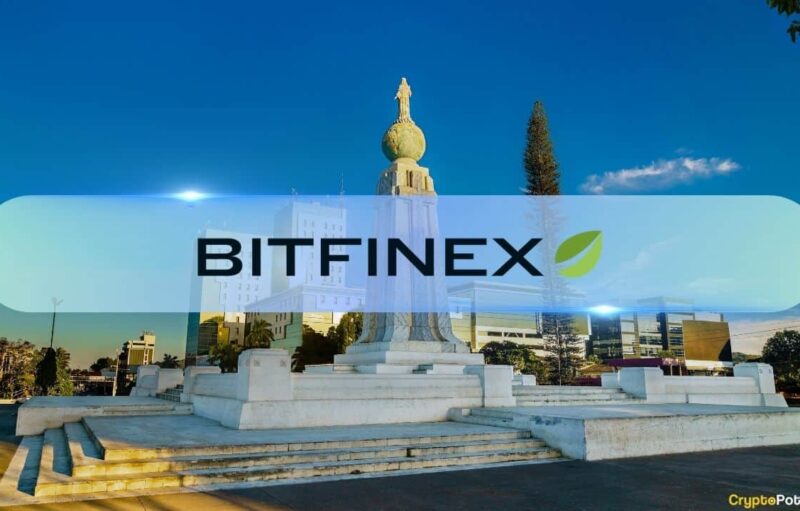
Bitfinex CTO Paolo Ardoino sees cross-chain value transfers as the most critical issue facing the cryptocurrency sector for 2020.
With over 4,000 digital assets in circulation and many of them confined to their own ecosystems, a lack of liquidity and interoperability plagues many tokens. Blockchain ecosystem diversity is harming the industry — locking value inside illiquid tokens and dampening the sector’s growth trajectory.
Crypto Briefing had a Q&A with the CTO of Bitfinex and EOSFinex, Paolo Ardoino, to discuss cross-chain value transfer. While Ardoino was not prepared to discuss Bitfinex’s legal woes or past controversies, he opened up on what he saw as the industry’s biggest challenge for next year.
Can you explain why you see cross-chain value transfer as so significant for 2020? Others talk of adoption, scaling, etc. Why is this on your radar?
Ardoino: “The reason why I think this technology will be quite important next year is that a lot of different blockchains have developed over the last few years. And new blockchains are always in continuous development. So liquidity fragmentation is occurring across all these blockchains, as blockchains have native tokens and potentially also assets issued on top of them. This creates a need, in my opinion, for a fluid way to move assets from one blockchain to another.”
So how do you think these liquidity problems can be solved?
Ardoino: “There are different blockchains, with some such as Cosmos or Polkadot creating what they call bridges. They want to let their blockchain interact with other blockchains such as Ripple, Ethereum, etc. For example, Polkadot will have a bridge for Bitcoin and Ethereum. But this solution doesn’t feel symmetric to me because the end goal is to bring liquidity to their specific blockchain.
What I envision is a more symmetrical system where each blockchain will interact with another blockchain as long as they are supported in the agnostic bridge system. My preferred solution is symmetric rather than asymmetric. Agnostic in a way that is not bound to a specific blockchain.”
What would be the implications for a crypto world where any asset can be usable on any network?
Ardoino: “One of the major requirements for crypto to go mainstream is for the user experience to be improved, providing an easier flow of liquidity and assets from one chain to another. This is because if your application is willing to provide access to a wide range of digital assets, then you have to eventually support lots of different blockchains. What if instead, you could only support one or two blockchains but still have access to a lot of different tokens from different blockchains? It would improve the user experience and the development experience and create a far better process.”
Will it not eradicate the need for most networks immediately? Or alternatively, will it keep blockchains/tokens that should die propped up?
Ardoino: “A system like this will eventually give an advantage to blockchains that have real technical advantages rather than the blockchains that spend money on marketing or those that happened to start first. This system will also allow people to choose the blockchains that really work for their needs rather than the ones they are forced to use because the assets they’re interested in are all on that particular blockchain. So I believe that this will help the natural selection process and create a stronger ecosystem.”
Won’t natural selection lead to the death of most networks anyway?
Ardoino: “Well that will happen anyway eventually. As in any field, natural selection and advances in research will eventually move users’ interest to technologies that are most secure, perform best, and offer the most integrated solutions within other products in their day-to-day use. Having cross-chain gateways enable assets issued on fading blockchains to be moved easily onto chains with more activity will help smaller projects.”
Do you see an ideal way for this to play out?
Ardoino: “Well, pTokens systems require a federation of signers that will need to ensure the security of the system, with a proof-of-authority consensus system. So it is important to elect trustworthy people and entities in the federation. While there are a variety of proposals, I think Provable is a good solution that is in the middle ground. This is because it is working on a completely open source and open hardware initiative that integrates a mainstream Hardware Security Module (HSM) to securely sign transactions.
We are supporting solutions such as Provable because it will improve our ability to support additional assets from different blockchains. If solutions such as Provable become more widely adopted it will be better and easier for exchanges to support a wide set of digital tokens. Our primary interest is in the growth of the overall ecosystem.”
The post appeared first on CryptoBriefing






